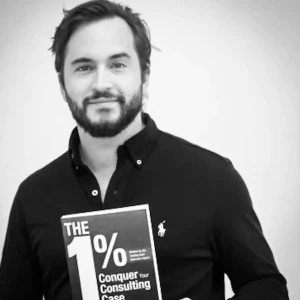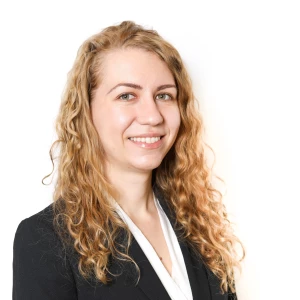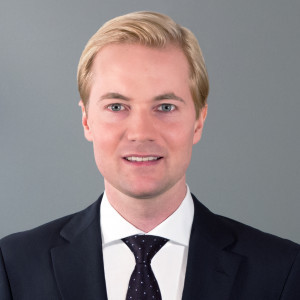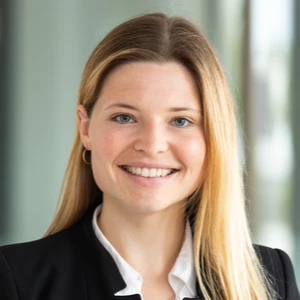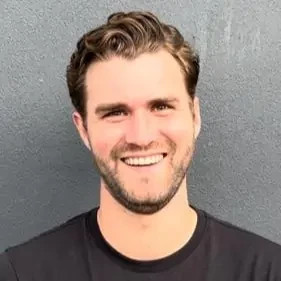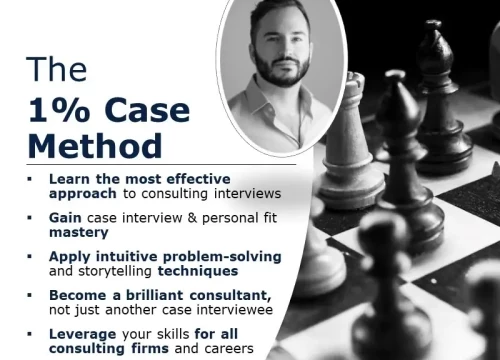Hi there,
I did some cases now but this opened up the following questions:
1. Lets I assume we have the following prompt:
Their CEO wants you to brainstorm and structure potential ideas to increase the company’s profit margins and market share. The CEO also wants you to think about exploiting new revenue sources.
This prompt essentially contains several objectives. How would I approach such a prompt? Should I say something like: “is it ok for you if we focus first on (e.g.,) profit margins”? So that I can solve one of the objective after the other? Or should I try to accomodate all objectives at once?
2. When I am presented with an exhibit or with a math problem, can I ask for time to look at the exhibit or set up the formula to solve the math problem (like I am asking for time when structuring the problem and setting up a framework)?
3. When I have a market sizing case and when I set up the structure (issue tree) to calculate the market size, should I first explain first the whole structure top down and only after that start asking for specific data to solve the issue bottom up?
4. In interviewer-led cases (McK-style), is it common to ask clarification questions (to get more information) after I heard the prompt or is this more typical for interviewee led cases?
5. Is it common to provide a recommendation after interviewer led cases (McK style), or not? Is providing a recommendation more typical for interviewee led cases?
Thanks for helping.


